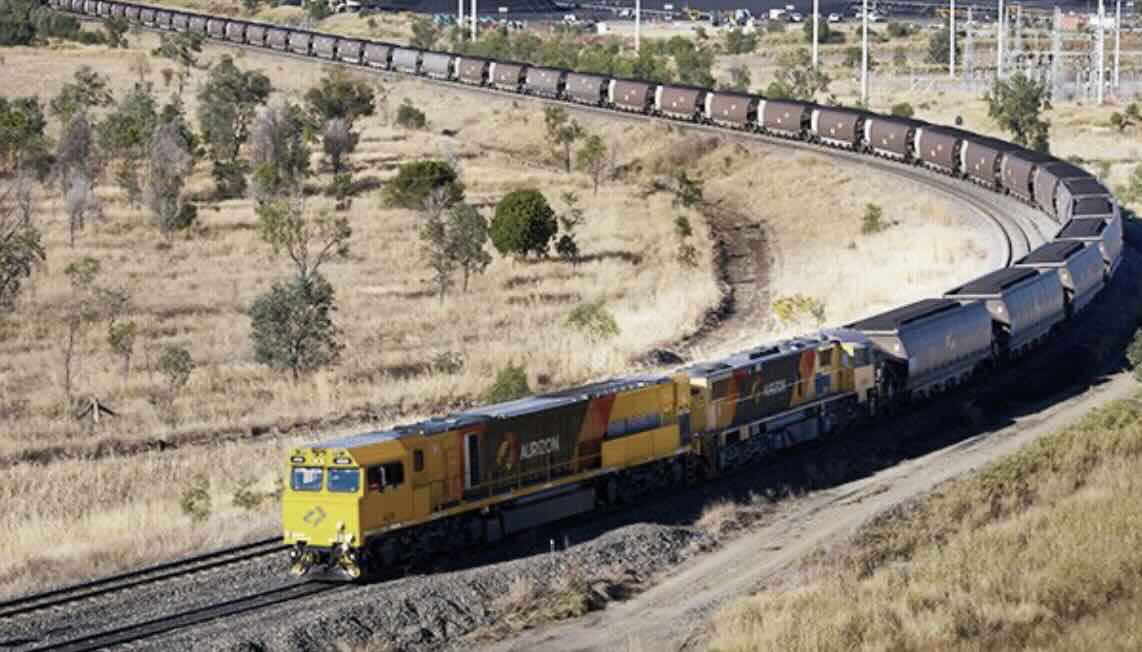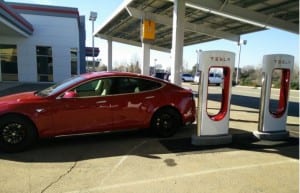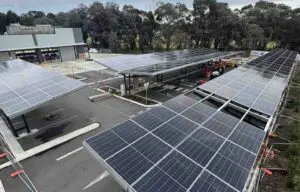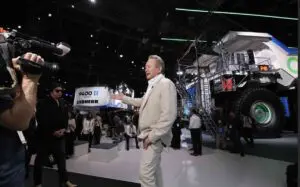Aurizon, Australia’s largest rail freight operator, is to trial battery electric tenders that could electrify and decarbonise the country’s rail freight industry without the need for expensive railway electrification.
The $18.8 million project is being backed with a $9.4 million grant from the Australian Renewable Energy Agency and will developer, test and trial a battery electric tender, which could source renewable power and double the range of an electric train to 800kms.
“Aurizon’s battery electric tender is a world first that hopes to pave the way for the rail freight industry and help the resources on its decarbonisation journey,” said ARENA CEO Darren Miller in a statement.
“The resources industry is a pillar of the Australian economy, but also accounts for a significant share of emissions.
“ARENA is investing in the technological solutions that will enable the sector to reduce emissions across its operations.”
Aurizon has already begun developing a strategy to deliver zero-emissions rail freight, including beginning construction in May 2023 of the first battery electric locomotive to be built in Australia.
Andrew Harding, Aurizon’s managing director and CEO, says his company is looking at using battery and hydrogen power sources, or a combination of both, to deliver decarbonised freight solutions for customers, “no matter how heavy or how far the freight needs to move.”
A ‘tender’ is the special rail vehicle hauled by a train engine which usually contains its fuel or water.
They might be most familiar to many readers as the separate coal-carrying rail cars carried by Gordon, Henry, Edward, and James from Thomas the Tank Engine. (Thomas and Percy are “tank engines” which carry their coal and water in internal compartments).

Like the coal-carrying cars of Gordon and co., the battery powered tender – essentially a mobile battery pack on wheels – would be towed by and used to power a diesel-electric locomotive in a hybrid diesel and battery configuration.
The battery electric tender prototype will consist of a purpose-built wagon which houses a battery pack initially sized at 1.8MWh which, according to ARENA, has the potential at scale, and with the use of regenerative braking, to power the transition from diesel to electricity when coupled with a modified diesel electric locomotive.
When coupled with future battery electric locomotives, such a battery electric tender could potentially provide all the power required for up to 50% of Aurizon’s commercial haul routes.
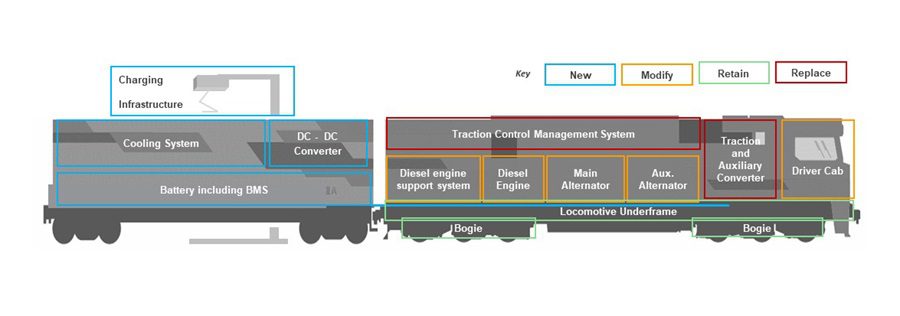
While suburban rail is already electrified with an extensive infrastructure of electric railway lines, rail freight is reliant on diesel engines, and any effort to copy suburban rail’s electrification infrastructure would be prohibitively expensive, requiring huge investment in building electric railway lines across the countryside.
The battery electric tender prototype unit will be designed and built in Australia by project partner Alta Battery Technology and will be deployed to haul raw materials for an unnamed Aurizon customer.
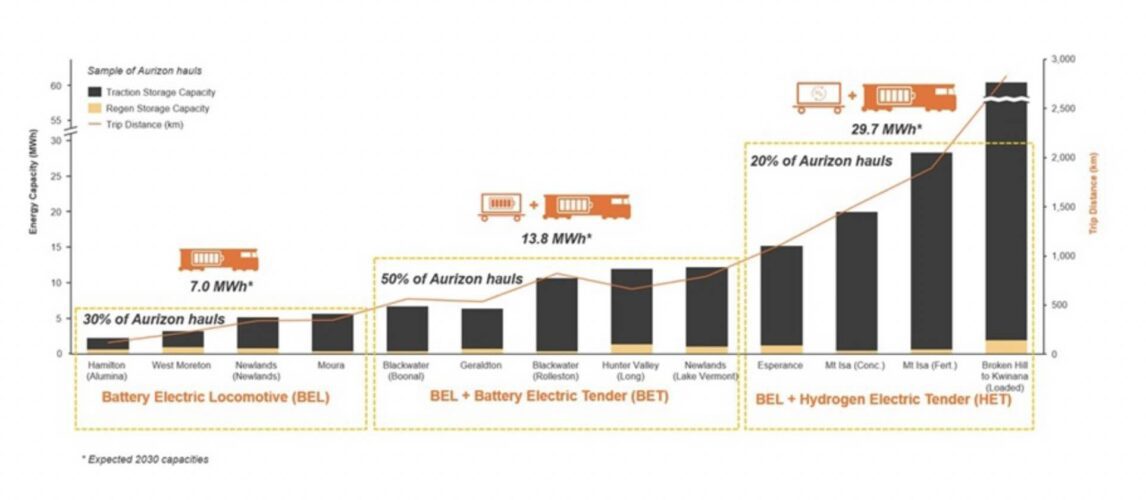
Aurizon is looking at a suite of possibilities to electrify its freight trains, depending on the routes. These include a combination of battery electric locomotives, with battery sizes of 7 MWh, and the combination of a battery locomotive with a battery tender, delivering a total 13.8 MWh, or a combination of electric and hydrogen tenders.
The development of a national network of battery-powered freight trains could also significantly contribute to grid resilience, offering another source of battery power to stabilise the grid during periods of high demand, when the trains may otherwise be sitting idly.

